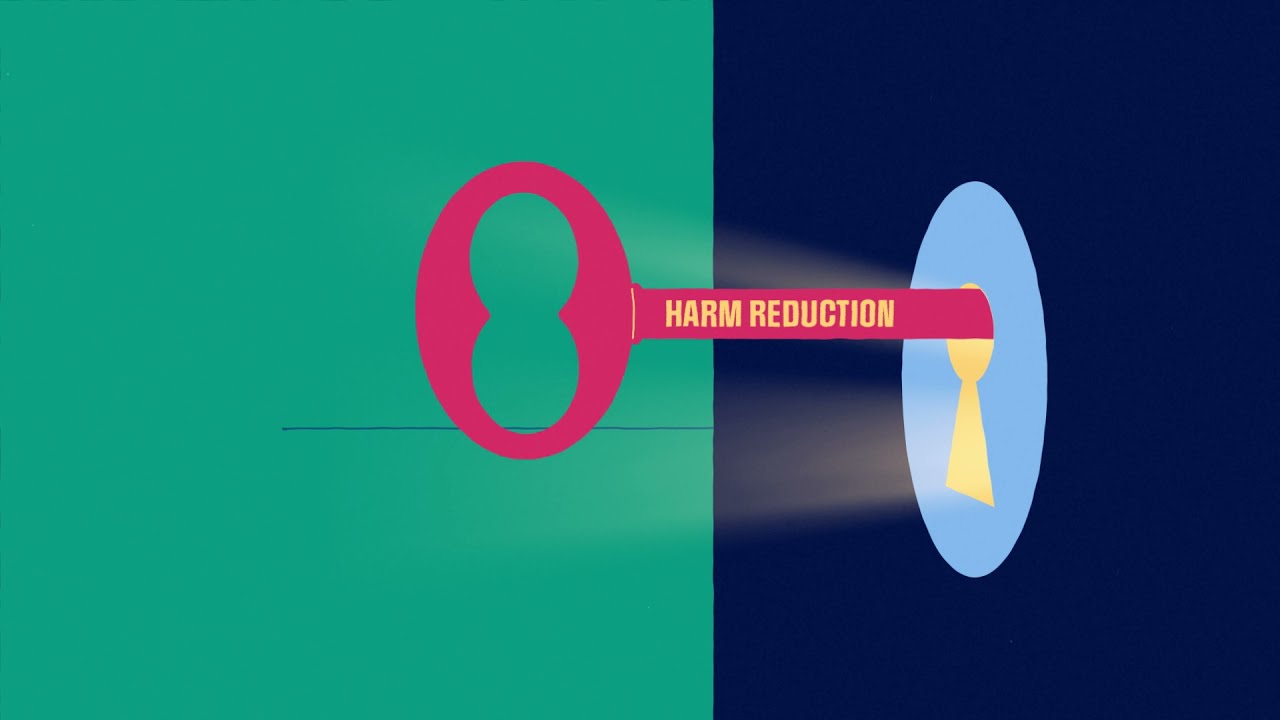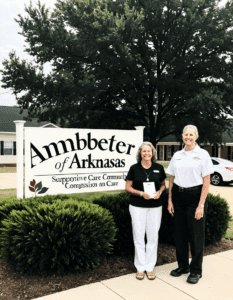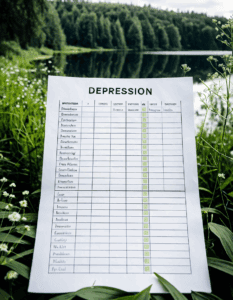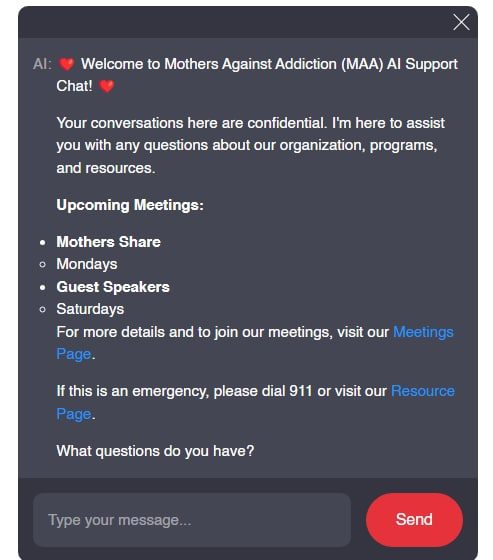Essential Harm Reduction Strategies for Safer Use
Harm reduction strategies are vital in addressing the increasing challenges parents face with children struggling from addiction. These approaches are designed not only to reduce the negative consequences associated with substance use but also to bridge the gap between abstinence and safer usage. By focusing on practical and evidence-based methods, harm reduction can save lives and improve the quality of life for those affected by addiction. This comprehensive guide explores essential harm reduction strategies and their practical implications.
1. Needle Exchange Programs: Minimize Disease Transmission
Needle Exchange Programs (NEPs) are cornerstones of harm reduction. They provide clean syringes to prevent the spread of blood-borne diseases like HIV and Hepatitis C. Organizations like The North American Syringe Exchange Network (NASEN) have made significant contributions in this area. For instance, NASEN’s study in 2023 showed a 35% reduction in new HIV cases among participants, highlighting the effectiveness of these programs. Regular access to clean needles not only minimizes disease transmission but also offers a touchpoint for further outreach and support services.
2. Supervised Consumption Sites: Safe and Supervised Use
Supervised Consumption Sites (SCSs), also known as overdose prevention centres, provide a controlled environment where individuals can use substances under medical supervision. Canada’s Insite, located in Vancouver, has been a trailblazer since its inception in 2003. The facility recorded zero overdose deaths in 2022, underscoring its critical role in harm reduction. These sites not only offer immediate medical attention in case of overdoses but also connect users with housing and employment initiatives which do not require abstinence as a precondition, therefore supporting broader recovery paths.
3. Naloxone Access: Addressing Overdose Emergencies
Naloxone is a life-saving medication that can reverse opioid overdoses if administered in time. The over-the-counter availability of Narcan (a brand of Naloxone nasal spray) has been revolutionary. Walgreens reported a 50% increase in sales after making it available without a prescription, reflecting the pressing need for accessible overdose intervention. Naloxone access can mean the difference between life and death in an emergency, making it a crucial element in harm reduction strategies.
4. Medication-Assisted Treatment (MAT): Support Long-term Recovery
Medication-Assisted Treatment involves the use of FDA-approved medications like methadone, buprenorphine, and naltrexone, along with counseling. Research by the Substance Abuse and Mental Health Services Administration (SAMHSA) in 2023 found a 60% improvement in treatment retention rates when MAT was utilized. This approach helps manage withdrawal symptoms and cravings, supporting long-term recovery and reducing the likelihood of relapse.
5. Fentanyl Testing Strips: Detecting Contaminants
Fentanyl testing strips have become invaluable in the face of the increasing prevalence of fentanyl in illicit drugs. These strips enable users to detect the presence of fentanyl, allowing them to make informed decisions. Pilot programs by NEXT Distro have shown that 75% of participants avoided consumption of fentanyl-contaminated substances, significantly reducing accidental overdoses. This simple yet effective tool is critical in navigating the complexities of today’s drug landscape.
6. E-Cigarettes and Vaping: An Alternative to Smoking
For those grappling with nicotine addiction, e-cigarettes and vaping present a safer alternative to smoking traditional cigarettes. The 2024 Tobacco Harm Reduction Conference highlighted that products from brands like Swisher and JUUL have reduced exposure to harmful chemicals by over 90% compared to tobacco cigarettes. While not without their own risks, e-cigarettes and vaping provide a harm reduction pathway for individuals seeking to quit smoking.
7. Education and Counseling: Supporting and Informing Families
Education and ongoing counseling are fundamental in harm reduction. Programs such as the National Child Traumatic Stress Network (NCTSN) offer resources and support groups for parents, fostering a knowledgeable community capable of making informed decisions about their children’s substance use. Their 2023 report highlighted a 45% increase in effective communication between parents and children regarding drug use. These initiatives help dismantle the stigma around addiction and encourage open, supportive dialogues.
Innovative Strategies for the Future
The landscape of harm reduction is continuously evolving, with innovative approaches leading the way. Portable safe injection sites, real-time overdose detection wearables, and AI-driven support apps are emerging technologies set to revolutionize harm reduction in the coming years. These advancements, along with existing robust strategies, provide an optimistic outlook for curbing addiction-related harms.
By embracing these harm reduction methods, we build a safer, more informed community prioritizing health, safety, and understanding. This multi-faceted approach not only saves lives but also fosters an environment where recovery and informed decision-making are at the forefront. Through compassion and resilience, we can help parents navigate the complexities of addiction and support their children’s journey towards recovery.
Harm Reduction Strategies
Harm reduction strategies are vital in providing safer use guidelines for individuals grappling with addiction. Let’s dig into some fascinating aspects of harm reduction you might not know!
Influences and Prevention
Did you know peer pressure is a significant factor in the onset of addiction? It’s true! People, especially teens, can be swayed by their peers into trying substances they might not otherwise consider. Understanding how peer pressure And addiction() intersect helps us create better prevention strategies. Furthermore, education plays a critical role in preventing addiction. Early and consistent education about substance use and its risks can deter young people from engaging in harmful behaviors. The role Of education in addiction prevention() provides insights on how educational programs can be a frontline defense.
Impact of Digital Dependency
With the rise of technology, digital addiction is becoming a growing concern. Spending excessive time on digital devices can lead to negative psychological effects, similar to substance addiction. Surprisingly, digital addiction( is being viewed with increased scrutiny as behavioral health experts call for inclusive harm reduction strategies that address digital consumption. It’s essential to balance our digital lives to promote holistic well-being.
Unexpected Comparisons
Interestingly, comparing statistics unrelated to addiction can highlight its significant impact. For example, housing interest rates demonstrate fluctuating economic health, but consider how addiction might skew living standards. Housing interest rate today,(,) while not directly tied to substance use, underscores the broader economic implications when addiction affects a community. Similarly, sports achievements like the most Strikeouts in a season() show remarkable dedication and perseverance, qualities repurposed in recovery efforts.
Spotlight on Support Systems
Take a moment to appreciate the effect of strong support systems. The partnerships seen in various sectors often mirror the collaborative efforts needed in harm reduction strategies. For instance, Bph construction in Arizona() exemplifies teamwork and resilience, principles that echo through family and community support against addiction. Just as teamwork is essential in sports matchups like Cowboys Vs 49ers 2024,(,) cohesive community actions are crucial in implementing effective harm reduction strategies.
Isn’t it fascinating how these connections enrich our understanding and drive us to more compassionate, effective approaches? By weaving these insights together, we’re not just talking about harm reduction strategies but genuinely making strides towards a healthier future for everyone involved.

What is an example of a harm reduction strategy may include?
Setting up drug consumption rooms or overdose prevention centers where people can consume drugs under supervision is one example of a harm reduction strategy.
What are the stages of change in harm reduction?
The stages of change in harm reduction include precontemplation, contemplation, preparation, action, and maintenance, focusing on an individual’s decision-making process.
What is harm reduction in psychology?
Harm reduction in psychology refers to strategies aimed at reducing the negative consequences associated with drug use, while meeting people where they are at and acknowledging their choices.
What is ethical harm reduction?
Ethical harm reduction acknowledges that people will use substances regardless of a healthcare provider’s wishes and focuses on pragmatic steps to reduce the associated harms.
What is an example of a risk reduction strategy?
A risk reduction strategy might include drug checking services where users can test their substances for dangerous contaminants to prevent overdoses or poisoning.
Which of the following is an example of a harm reduction model?
Providing housing and employment opportunities without requiring abstinence is an example of a harm reduction model.
What is another word for harm reduction?
Another word for harm reduction is “risk mitigation,” which focuses on minimizing the adverse outcomes of risky behaviors.
What is the 5 stage change model?
The 5-stage change model consists of precontemplation, contemplation, preparation, action, and maintenance, guiding individuals through the process of behavioral change.
What is the 5 step behavior change model?
The 5-step behavior change model also includes precontemplation, contemplation, preparation, action, and maintenance, providing a framework for adopting positive behaviors.
What is the harm reduction unit?
Harm reduction units are specialized programs or facilities that implement harm reduction strategies to support individuals struggling with substance use.
Which of the following is not a clinical principle of harm reduction?
Excluding abstinence-only policies as a mandate for support services is not a clinical principle of harm reduction, which focuses on reducing harm regardless of ongoing substance use.
What is the reduction method in psychology?
In psychology, reduction methods aim to lower negative behaviors, such as substance misuse, through incremental steps rather than demanding immediate abstinence.
What would equitable harm reduction look like?
Equitable harm reduction ensures access to harm reduction services for all individuals, regardless of socioeconomic status, race, or other factors, promoting fairness and justice.
What ethical principles is minimize harm?
Minimizing harm is an ethical principle that focuses on reducing suffering and negative consequences through compassionate and practical support.
What is the ethical principle to prevent harm?
The ethical principle to prevent harm involves taking proactive steps to avoid causing unnecessary suffering or adverse outcomes for individuals.
Which of the following is an example of risk reduction?
Providing clean needles to prevent the spread of infectious diseases among intravenous drug users is an example of a risk reduction strategy.
What is an example of a risk treatment strategy?
Offering mental health support to individuals struggling with addiction is an example of a risk treatment strategy, aiming to address underlying issues contributing to substance use.
What is an example of preventable harm?
Preventable harm could include overdoses that might have been avoided with access to supervised consumption sites or proper education on substance use.
Which of the following is not a clinical principle of harm reduction?
Using abstinence as a precondition for accessing support services is not a clinical principle of harm reduction, which emphasizes meeting individuals where they are at.




























